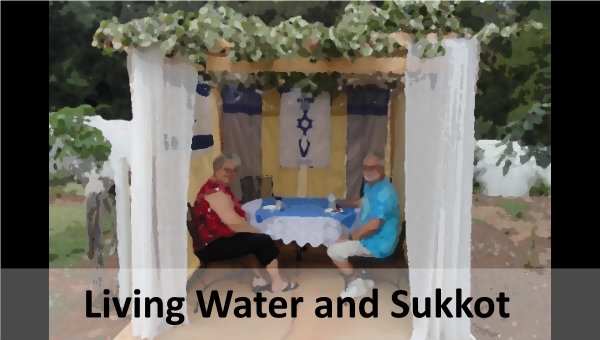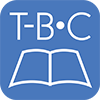By Tyson Thorne

Yesterday we examined the concept of “living water” in John 4 and John 7, connecting the idea to Genesis 26 and the well of Abraham. We learned that Jacob’s well was the inspiration for Jesus to refer to “living water” in John 4, but what inspired him to make his second reference to this illustration later in John 7? The answers are there in the text, if we are familiar with Jewish feasts -- something I believe is vitally important the more I read the New Testament. All believers ought to be familiar with the seven feasts God instituted early on.
On the last day of the feast, the greatest day, Jesus stood up and shouted out, “If anyone is thirsty, let him come to me, and let the one who believes in me drink. Just as the scripture says, ‘From within him will flow rivers of living water.’” (Now he said this about the Spirit, whom those who believed in him were going to receive, for the Spirit had not yet been given, because Jesus was not yet glorified.)
Which feast was this message shouted to the masses? The Feast of Tabernacles (Sukkot in Hebrew), which marked the beginning of the rainy season in Israel. On this, the last day of the feast, came the “libation ceremony”. Lamps were lit in the temple courts and a large procession of priests carrying water would make their way through the city of Jerusalem. The priests would circle the temple, then pour the water from their vessels onto the altar. Jesus could not have chosen a more powerful image than that of living water during this ceremony.
Later that night (John 8) with the temple awash in the glow of the lamps, their flames reflecting off the pool of water at the base of the alter, Jesus would proclaim, “I am the light of the world." We Western readers of the New Testament miss so many profound moments in the gospels from our ignorance of Jewish feasts and celebrations. Perhaps sometime soon Think-Biblically.com can produce a guide to these festivals and their celebrations mentioned throughout the Gospels and the book of Acts. Until then, pay close attention to the context of the things Jesus says and do your homework. It is worth the effort.
This year the Feast of Tabernacles (or booths) begins at sunset on October 4 (today), and ends at sunset on Wednesday October 11. During this time, devout Jews head to Jerusalem and camp out in tents, or “tabernacles”, just as the Israelites did after leaving Egypt. It connects them to their history as a nation, and to the God that brought them out of slavery. It’s prophetic significance points to the time when God will “tabernacle” or dwell and live among his people for the rest of eternity.
If you would like to take a small part in this experience, build a tabernacle of your own. Here’s how, according to one Jewish source:
A sukkah must have at least two and a half walls covered with a material that will not blow away in the wind. Why two and a half walls? Look at the letters in the word "sukkah" (see the graphic in the heading): one letter has four sides, one has three sides and one has two and a half sides. The "walls" of the sukkah do not have to be solid; canvas covering tied or nailed down is acceptable and quite common in the United States. A sukkah may be any size, so long as it is large enough for you to fulfill the commandment of dwelling in it. The roof of the sukkah must be made of material referred to as sekhakh (literally, covering). To fulfill the commandment, sekhakh must be something that grew from the ground and was cut off, such as tree branches, corn stalks, bamboo reeds, sticks, or two-by-fours. Sekhakh must be left loose, not tied together or tied down. Sekhakh must be placed sparsely enough that rain can get in, and preferably sparsely enough that the stars can be seen, but not so sparsely that more than ten inches is open at any point or that there is more light than shade. The sekhakh must be put on last. Note: You may put a water-proof cover over the top of the sukkah when it is raining to protect the contents of the sukkah, but you cannot use it as a sukkah while it is covered and you must remove the cover to fulfill the mitzvah of dwelling in a sukkah.
|
|
